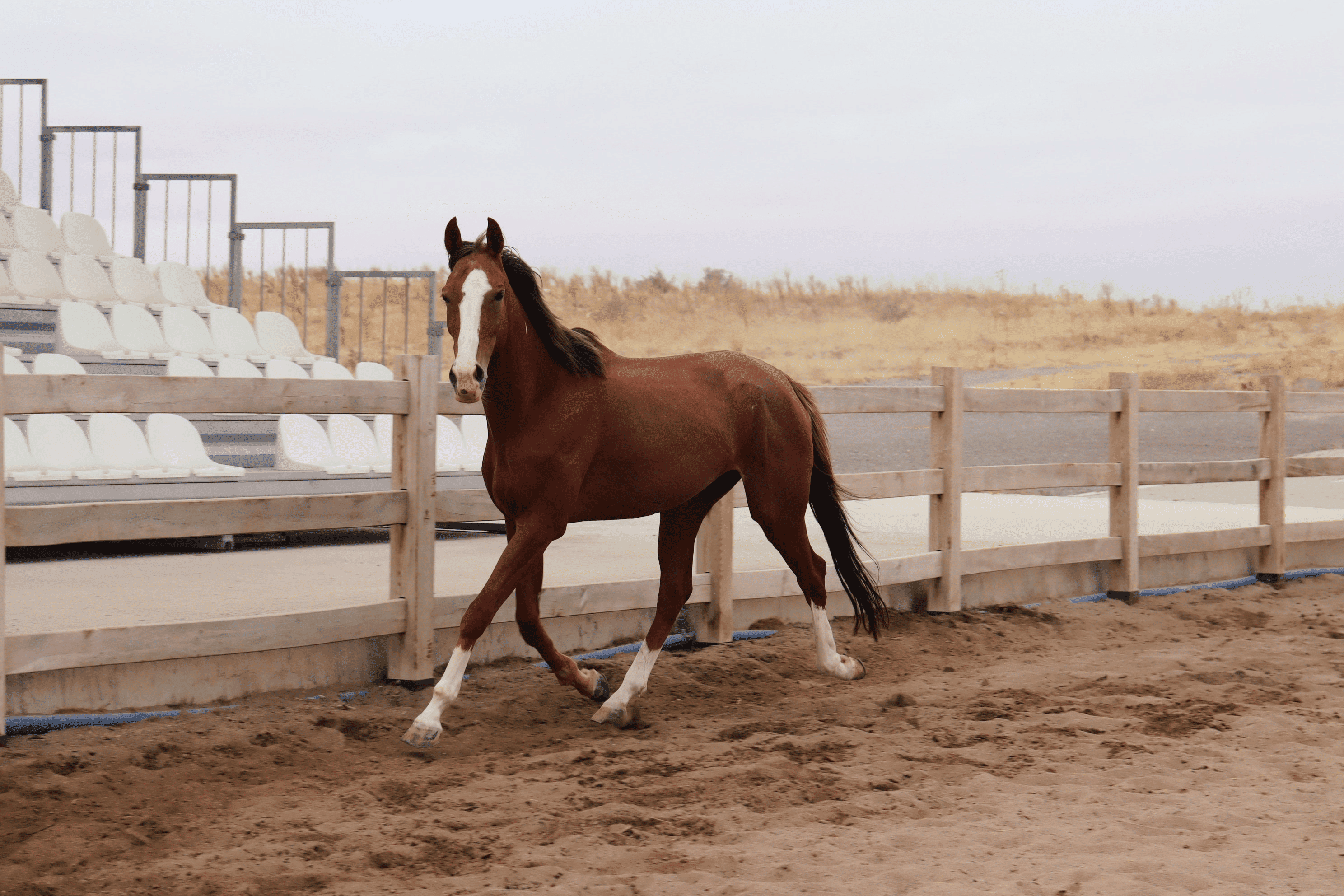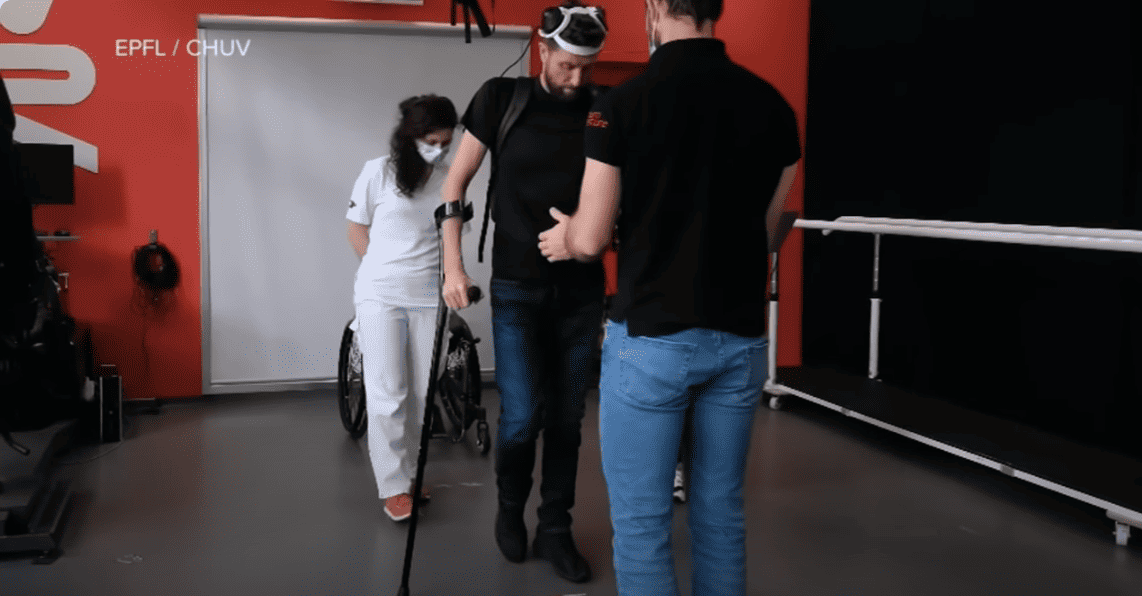
People who have recovered after prolonged hospital stays or prolonged bed confinement know the problem: They first have to slowly learn to walk again because their joints no longer function as they did before the illness. The same applies to astronauts who have spent long periods in weightlessness in space. Signs of degeneration can occur in the articular cartilage because the cartilage cells react to gravity.
In order to investigate how these so-called chondrocytes behave in weightlessness, molecular biologist Andreas Hammer from the Zero-G Lab at Goethe University Frankfurt, together with scientists from the Lucerne University of Applied Sciences and Arts and the ESA in Switerzland, plans to conduct experiments during parabolic flights in France. The focus will be on certain membrane channels of the chondrocytes, “which possibly open and close depending on mechanical stress in order to let the signal molecule calcium into the chondrocytes,” the researchers explain.
Investigations under different conditions
In Hammer’s experiments, every second counts because in a parabolic flight the aircraft only goes into free fall for about 20 seconds after a steep flight, during which time weightlessness prevails inside the aircraft. To ensure that everything runs smoothly, the experiments were prepared down to the smallest detail.
The chondrocytes were grown in small measuring chambers with nutrient fluid and are irradiated with UV light in weightlessness. This UV light causes a protein artificially introduced into the chondrocytes to change color, depending on the calcium concentration inside the cell. During each flight, Hammer plans to study chondrocytes in more than 2,300 small measurement chambers under different conditions.
A challenge for the sense of balance and the stomach
The parabolic flights take off from Bordeaux-Mérignac Airport in France. Thirty-one parabolas are flown per flight. Since the parabolas pose a great challenge to the sense of balance and the stomach of the people on the plane, and they also have to perform experiments at the same time, participants are usually given anti-nausea medication in advance.
From the results of the experiments, the researchers hope to gain insights into cartilage degeneration both in weightlessness and on earth. These should ultimately also provide new insights into the disease mechanism in osteoarthritis.
Cover photo: Doctoral student Andreas Hammer will be taking off on parabolic flights in one of these aircraft from the company Novespace (here at Paderborn Airport, Germany) in the coming week. Photo: Simon Wüest, Lucerne University of Applied Sciences and Arts








